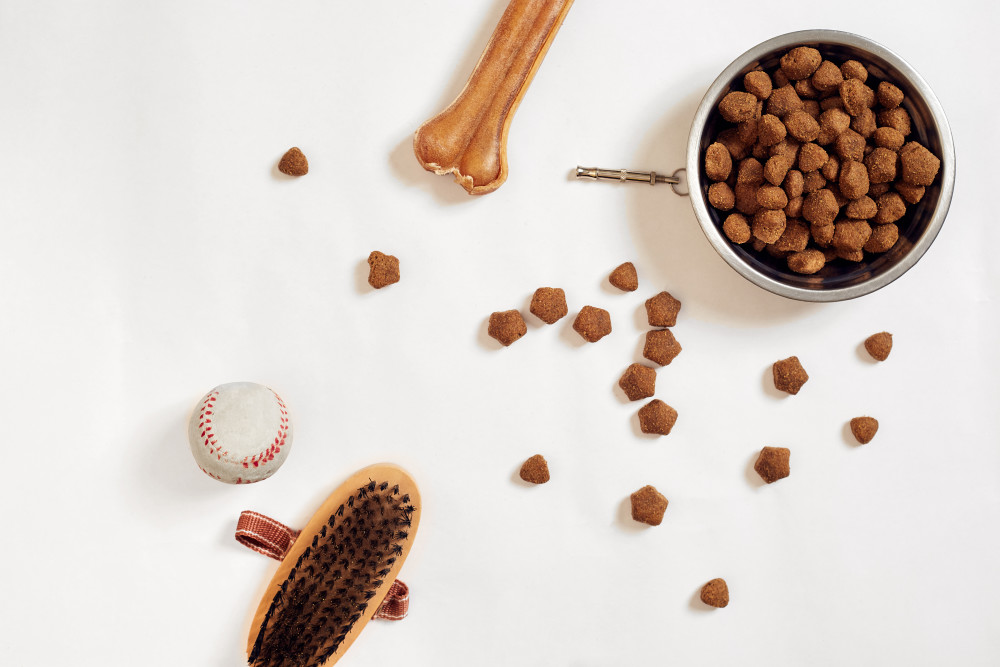Bullmastiff

Bullmastiff Overview
The Bullmastiff, though not as big as its kin, the Mastiff, is still an incredible and hard-working big dog. To get a sense of what the Bullmastiff is like, look no further than its nickname, “The Gamekeeper’s Night Dog.” Bullmastiffs’ main duties in the 19th century were to keep poachers at bay. (Poachers, if caught on the estates of English aristocracy, faced serious penalties.) They are large, imposing dogs, who can easily intimidate and alert owners to any misdeeds. When breeding for a dog that could be fast and foreboding, the English hit what they felt was the jackpot with the Bullmastiff, part Bulldog and part Mastiff. They have a wide, large head, and dark eyes. They were bred to capture, not maul, and looking intimidating. Their coats come in fawn, red, and brindle colours, the latter a clever genetic disguise in the dark to oblivious intruders. This means, that as a family dog, the Bullmastiff is an alert, world class protector. They are docile creatures at home but have been bred to be fearless, working dogs when need be. They are very reliable but it is important that they are trained and socialized properly early on to ensure you have control and they do not.
Did you know?
What do you get when you cross a Mastiff with a Bulldog in 1860 England? The Bullmastiff, of course.
Bullmastiff Stats
Good with other animals
Easy to train
Service dog
Working dog
Caring for your breed
Daily kibble serving
3-4 cups
Daily exercise
3 hours
Grooming frequency
Bathe as needed

Feeding your Bullmastiff
When Bullmastiffs are puppies, large-breed food is recommended to ensure the slow and steady growth of a Bullmastiff. Then, when they are grown, Bullmastiffs only require two meals a day. Because Bullmastiffs grow very rapidly, try to monitor the amount of food combined with exercise they receive. It’s recommended they stay fairly lean, otherwise it will be a strain on their system. It’s also a good idea to exercise your Bullmastiff before or after feeding to make sure they don’t get bloated.